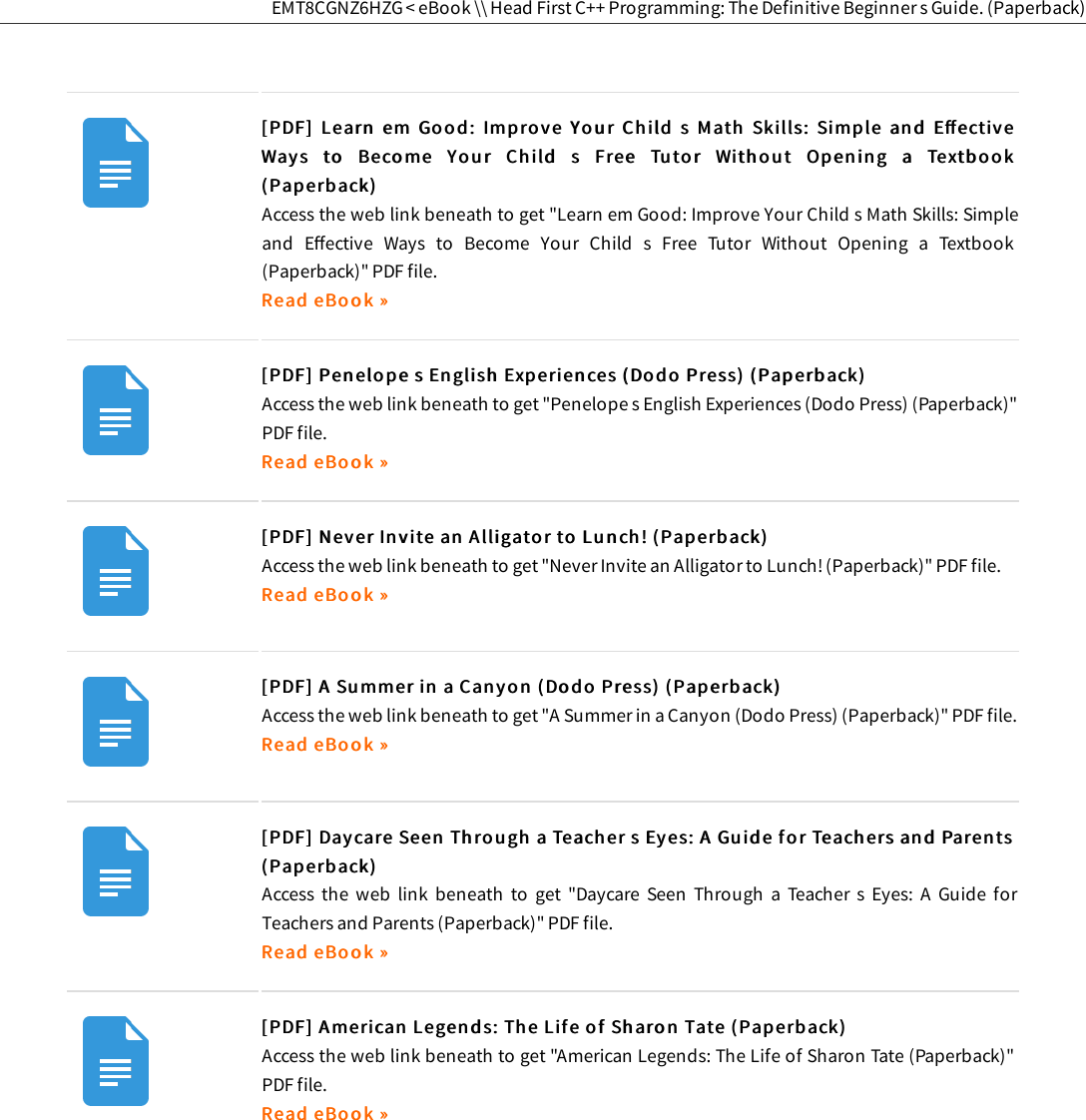Shaypay123 The Definitive Guide For Beginners Seo Tips Medium Your Seo Tips Seo Seo
Born in malaga in 1881, the son of an artist, picasso attended art schools in his native spain and in his late teens aligned his sensibilities with bohemian writers and artists in barcelona and madrid who opposed spain’s stalled social hierarchies and conservative culture. His prolific output includes over 20,000 paintings, prints, drawings, sculptures, ceramics, theater sets and costumes that convey myriad intellectual, political, social, and amorous messages. Picasso often approached his production in the same way, transforming his own past works at will.
Quickbooks Desktop Pro 2024 Manual Beginners Guide to Master
Picasso’s assimilation of these models simultaneously revives them and gives them new life, situating his painting within a long lineage of artistic precedents. He was not only a master painter but also a sculptor, printmaker, ceramics artist, etching artist and writer. The change does not seem to imply a rejection of the father figure.
The change does not seem to imply a rejection of the father figure.
From 1898 he signed his works as pablo ruiz picasso, then as pablo r. From 1898 he signed his works as pablo ruiz picasso, then as pablo r. Explore pablo picasso's life, including his age at death, marriages, children, and his revolutionary contributions to modern art.


